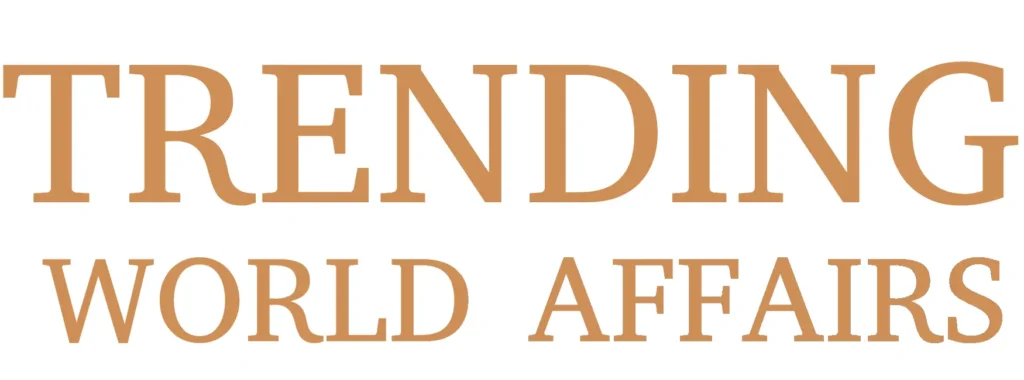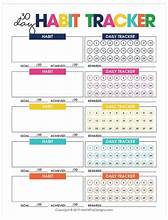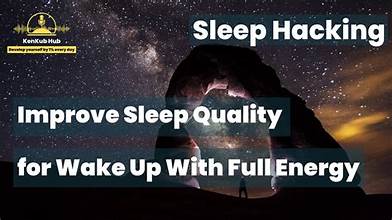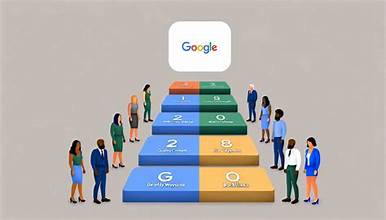Introduction
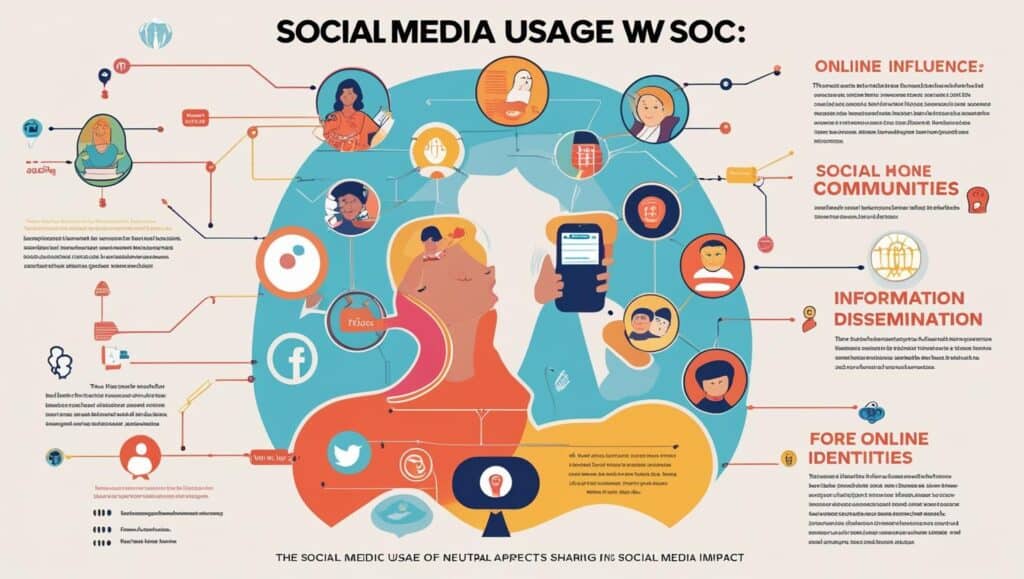
In the current digital era, social media and human behavior are closely related. Platforms such as Facebook, Instagram, and TikTok provide a great window into digital identity, social impact, and human psychology through our interactions and the content we upload. However, what precisely can these platforms teach us about ourselves?
1. Social media validation and approval needs
Seeking approval is ingrained in human nature. Dopamine is released in response to likes, shares, and comments, which reinforces actions and shapes one’s online persona. We learn from social media how ingrained our desire for acceptance and attention is.
2. Echo Chambers and Group Behavior
Echo chambers are created when users congregate around common beliefs. These settings shape our beliefs, magnify prejudices, and demonstrate to us how readily groupthink may triumph over critical thinking.
3. The Impact of Peers and Influencers
Opinion leaders play a crucial role that is mirrored by influencers. Their capacity to change beliefs, routines, and purchases is indicative of how powerful peer pressure is in shaping human conduct, particularly in young people and specialized groups.
4. Digital Empathy and Emotional Expression
Social media gives people a way to express their emotions, whether they are happiness, rage, or sadness. Researchers can better understand how people interact, support, and empathize online by examining these expressions.
5. FOMO, or the fear of missing out
One of the main behavioral effects of social media use is FOMO. Constantly seeing other people’s carefully manicured lives can cause anxiety, comparison, and a need to be up to date, all of which can have an adverse effect on one’s mental health and general wellbeing.
6. Trends and Viral Behavior Spread
The speed at which conduct spreads in digital domains is revealed by virality. Social media demonstrates how group behavior can very immediately ignite worldwide trends, whether it be a dancing competition or a political campaign.
